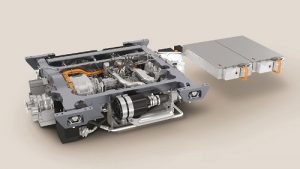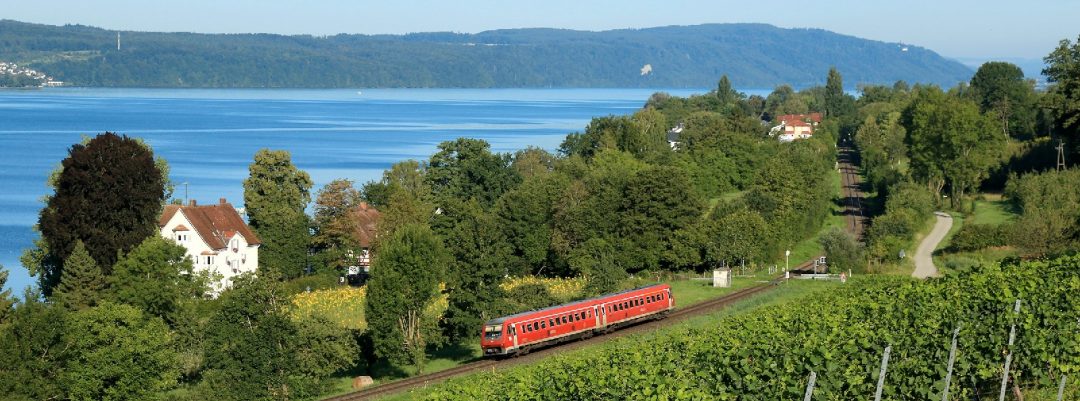The MTU Hybrid PowerPack from Rolls-Royce could be used on the Lake Constance Belt Railway and thus simultaneously provide environmentally friendly, economic and reliable rail operations even before electrification of the line. These are the findings of simulations that have been carried out by MTU.
Local emission-free operations, in urban areas and tunnels, for example, are feasible. Compared with a train driven by diesel engines alone, CO2 emissions can be reduced by up to 20 % using the hybrid drive system on this route. On a test bench, the route was covered with a real-life Hybrid PowerPack and a computer-simulated environment. According to the company, it was shown that trains equipped with the hybrid drive were able to keep to current timetables and timetables required in the future.

The Hybrid PowerPack combines a diesel engine with an electric machine. Source: Rolls-Royce
“With the Hybrid PowerPack, we are offering an environmentally-friendly rail drive solution that combines the benefits of battery and diesel-driven trains,“ said Lars Kräft, Vice President Industrial Business at Rolls-Royce Power Systems. “Trains fitted with our hybrid drive system could improve operations on the Lake Constance Belt Railway within just a few years – with considerably less noise, fewer emissions and more connections with more stops – and this can be done with no additional infrastructure costs.“
The operation of the current VT 612 railcar was simulated – it had been retrofitted in virtual reality with the hybrid drive. That such a retrofit is also possible in a real-world environment has also been demonstrated by a feasibility study carried out by the Deutsche Bahn. This is particularly relevant because these are vehicles that travel fast on curving track. Only these trains, which are fitted with “tilt technology“, are able to negotiate the numerous curves encountered on the Lake Constance Belt Railway track at high speed and thus provide a fast service between Basel and Ulm.
The Hybrid PowerPack is the result of collaboration between the local companies Rolls-Royce and ZF Friedrichshafen. It combines the following components to produce an intelligent drive system: a modern MTU diesel engine with exhaust gas aftertreatment, which meets current emission regulations in addition to the future EU Stage V that will come into force as of 2021, an innovative ZF automatic transmission, an electric motor that recovers energy in braking mode and also serves as a drive unit, and an advanced battery system to store the recovered brake energy.

















